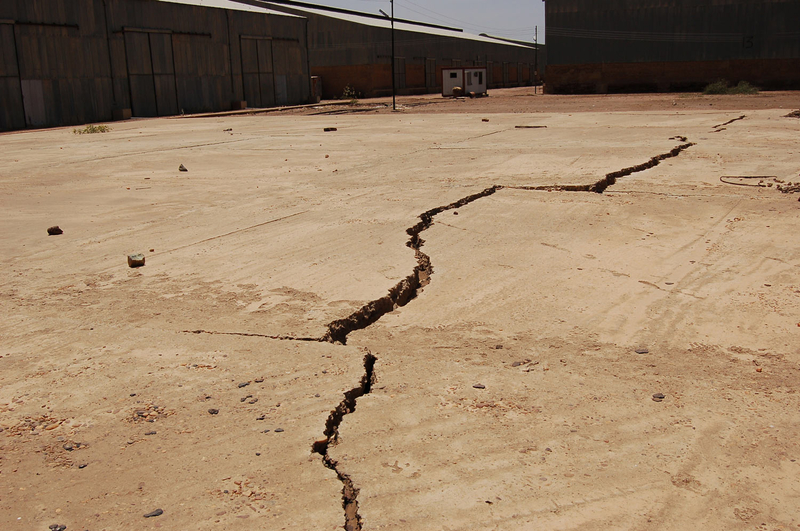By Courtney Smith (Director, Kontrol4)
In the civil and construction industries, defects and failures can occur during the design and construction phases of a project. In some cases, this can occur after a structure is substantially complete. Unfortunately, defects by their very nature often become a confrontational state between those parties seeking to sign off a project and those seeking to handover a project. Both have similar reasons to see that defect resolution is delivered in a seamless and harmonious manner. And all of this is generally driven by money and time constraints.
While a design consultant is responsible to produce complete, accurate, well-coordinated design and construction documents that are substantially free of defects, a contractor is also required to adhere to the design and construction documents and ensure that defects are kept to a minimum. This should include the necessary checks, balances and applied knowledge to identify and minimise defects. In a strong collaboration culture, defect management will be a process managed during the project phase, not at the end. All of this is great in a perfect world, but we all know nothing is ever perfect. We also know the current paper or hybrid (excel and email) based approaches for defect management are far from flawless.
Defects can arise in a multitude of ways and can directly affect the performance of a project outcome. This can reduce the capital life expectancy, which obviously relates to financial risk in the short and long term. In large developments and civil works programs there becomes a high contingent risk position between the parties particularly where handover is concerned. Whilst defect management is only one piece of the puzzle, it is probably the most contentious and confrontational which creates a prime opportunity for technology to assist in the better management and act as a buffer to defuse confrontation.
Whilst the industry recognises that the eventual failure of a structure is expected rather than purely the manifestation of a construction defect, it doesn’t soften the blow when contract retention funds rely on the closeout of defects. This beast rears its head particularly when large civil capital works programs have considerable retention funds and are held until defects are resolved.
This can be substantial in both direct (cash) and indirect (labour, plant and materials) costs, amounting to thousands and, potentially, millions of dollars. In some cases the undertaking can be so large contractors may be forced to walk away from the project and lose retention funds.
Thanks to management systems like the CCF IMS and ISO9001, the industry approach towards project management is sound with contractors using clear methodologies to reduce defects. Unfortunately, the reality is that contractors still face the likelihood of clearing defects during the project delivery and close out phases of a project. This is where Mobile Quality Management Systems come to their own and the use of technology offers great opportunity for improvement.
Irrespective of the size of a project or the project type (civil or construction), defects can run into the hundreds and many thousands of line items, so an effective approach is critical and an ineffective approach can cost contractors a bomb. And nobody wants a bomb right?
“mobile and cloud technology supports a single source of truth”
We all know there is a process for managing construction defects and moving forward we need to realise that mobile and cloud technology supports a single source of truth that is, in our opinion, the only way of effectively running a defect management process.
Any system irrespective of paper or technology should adhere to the following defect management process. Delivering it effectively within the supply chain and providing improvement towards the process should be the goal of industry:
- Awareness
- Investigation
- Discovery
- Evaluation
- Treatment or Remedy
- Financial Recovery
This process can be termed as the life cycle for the investigation and resolution of a civil and construction defect. Whilst there are several systems claiming to do this today in technology, we have identified that the most important benefits of technology-based defect management for your own determinations should at a minimum result in the following:
- Improved Productivity (Faster, Workflow Orientated, Ease of Capture)
- Higher Accountability (Who, What and Where)
- Better Control (Need to Know Now, Measure and Report)
- Reduce Risk (Meeting Regulatory and Contract Obligation)
- Enhanced Communication (My Clients Want to Know)
